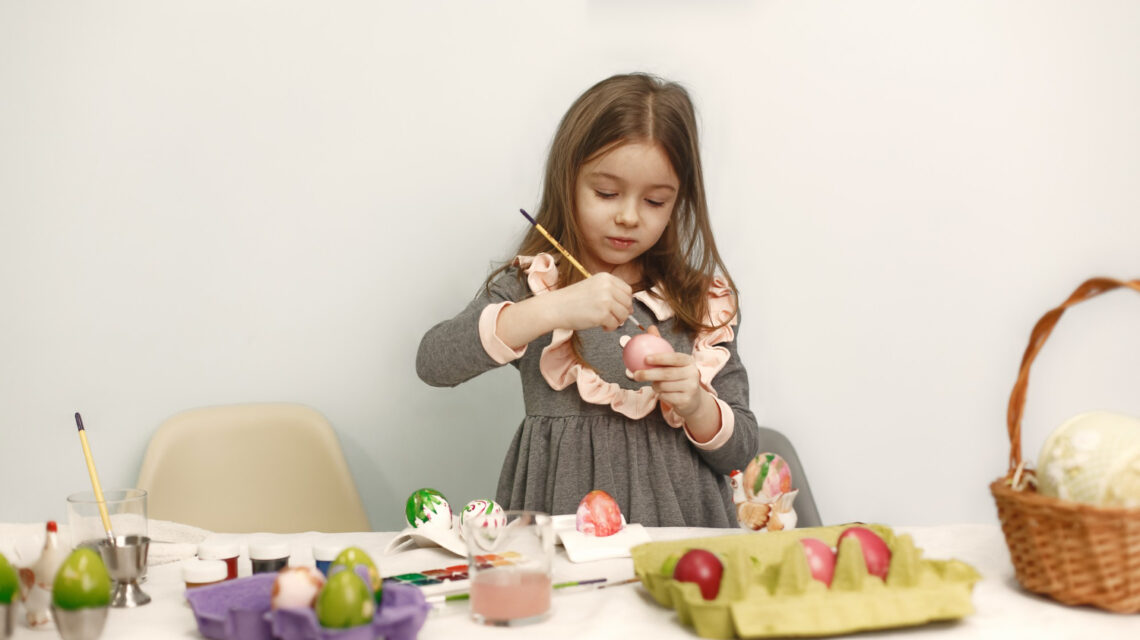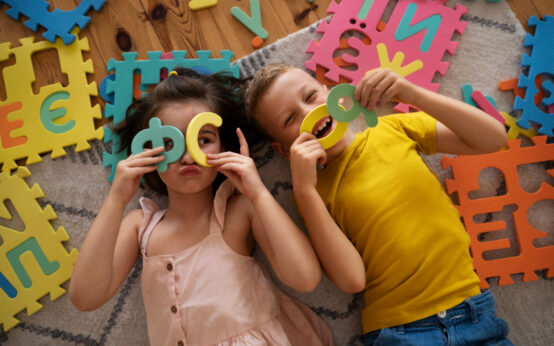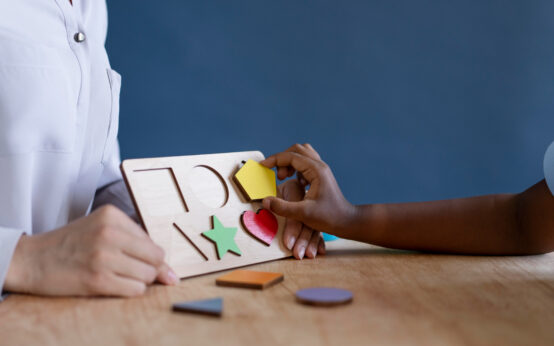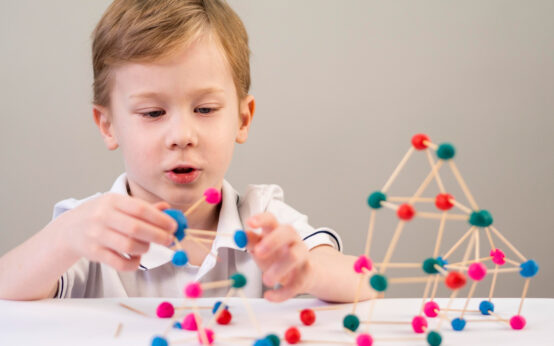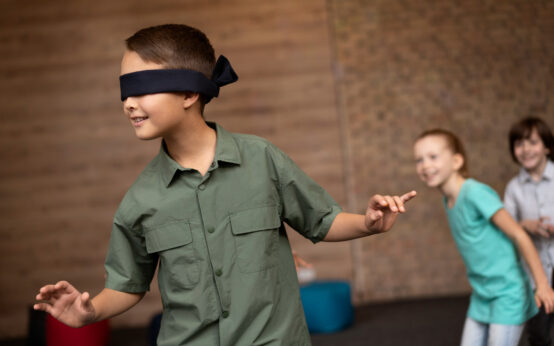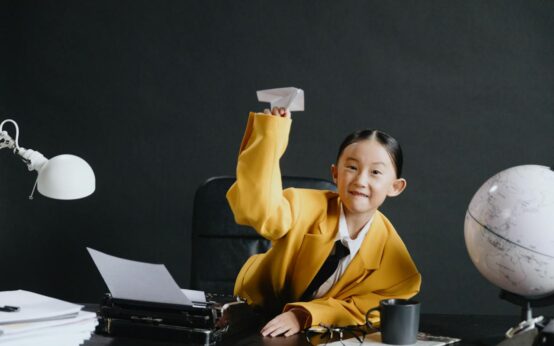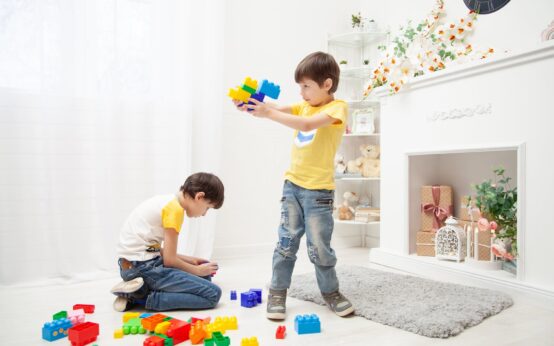Introduction
Engaging children with disability, autism, or additional needs in creative and tactile activities is a rewarding way to foster their resourcefulness and imagination. The Nature Doll activity, centered around crafting dolls or animals using natural materials, provides a stimulating and calming experience. In this article, we’ll explore the benefits of this hands-on activity and offer insights on adapting it to suit the diverse abilities of children.
Embracing Nature in Doll-Making
The Nature Doll activity is an immersive experience that involves crafting dolls or animals using natural elements like sticks, seed pods, and leaves. The tactile nature of these materials offers a sensory-rich experience, making it an ideal choice for children with autism.
Benefits of Nature Doll Making
Crafting with natural materials provides a unique sensory experience that is both stimulating and calming for children facing challenges. The activity encourages resourcefulness, creativity, and imagination, allowing children to express themselves through the creation of their nature-inspired companions.
Autism doesn’t have to define a person. Artists with autism, like anyone else, define themselves through hard work and individuality.
Adrienne Bailon
Materials Needed for Doll Making
Gather materials from your home and local surroundings, including:
- Sticks, gumnuts or seed pods, leaves, or flowers
- String, rubber bands, wool, sticky tape, or PVA glue
Ensure safety by avoiding small seeds and brittle materials that may pose choking hazards. Utilize Product Safety Australia’s Choke Check tool to identify potential risks and check for information on dangerous plants before incorporating leaves or flowers.
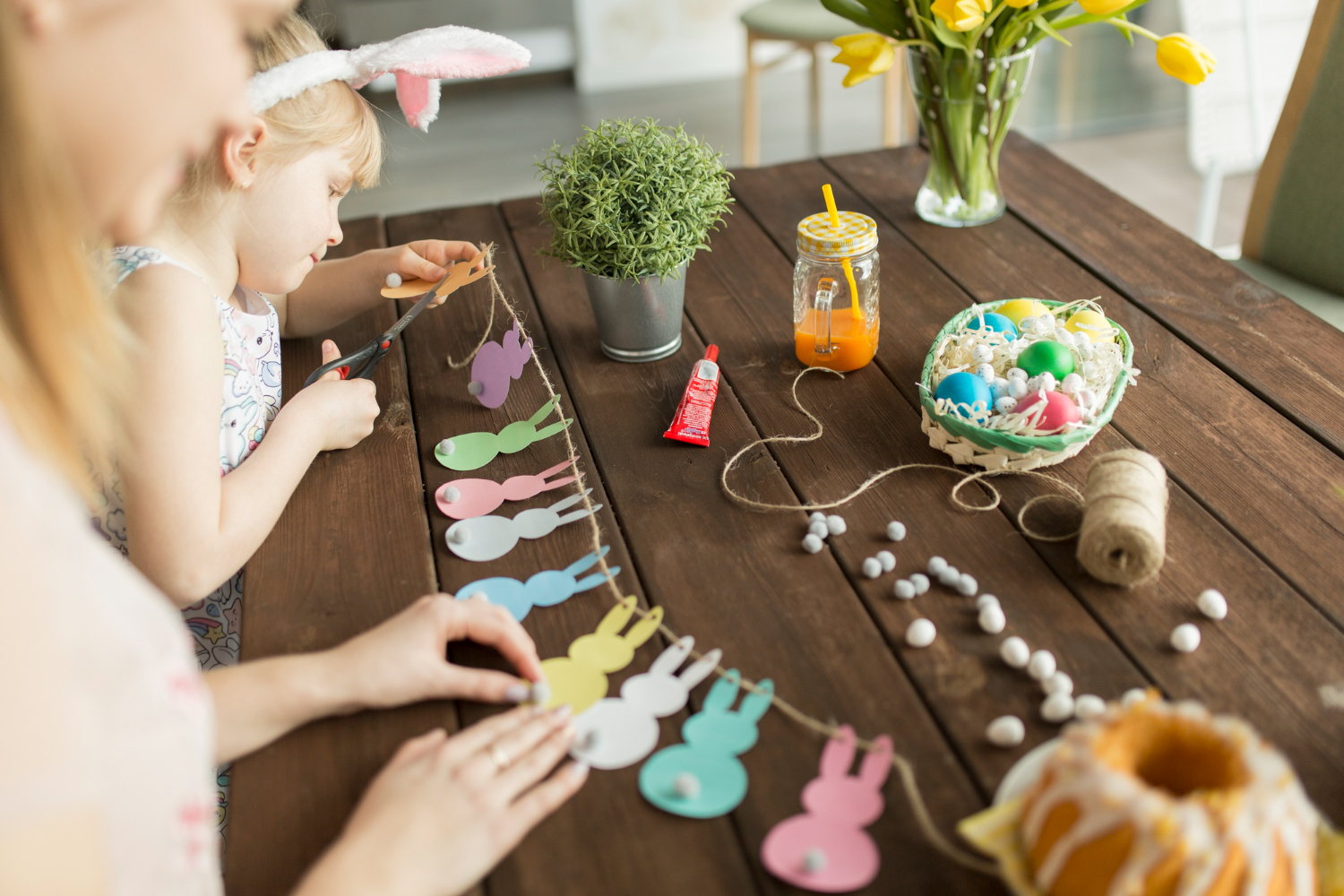
Crafting a Doll
Encourage your child’s creativity with various ideas:
- Attach a seed pod to a stick for the head and smaller sticks for arms. Decorate with leaves or flowers.
- Use string, tape, rubber bands, wool, or glue to assemble the materials.
- Create an animal by attaching Y-shaped sticks to another stick for the body and legs.
- Form a lion’s mane using leaves arranged around a gumnut.
- Weave grass to make hair or clothes.
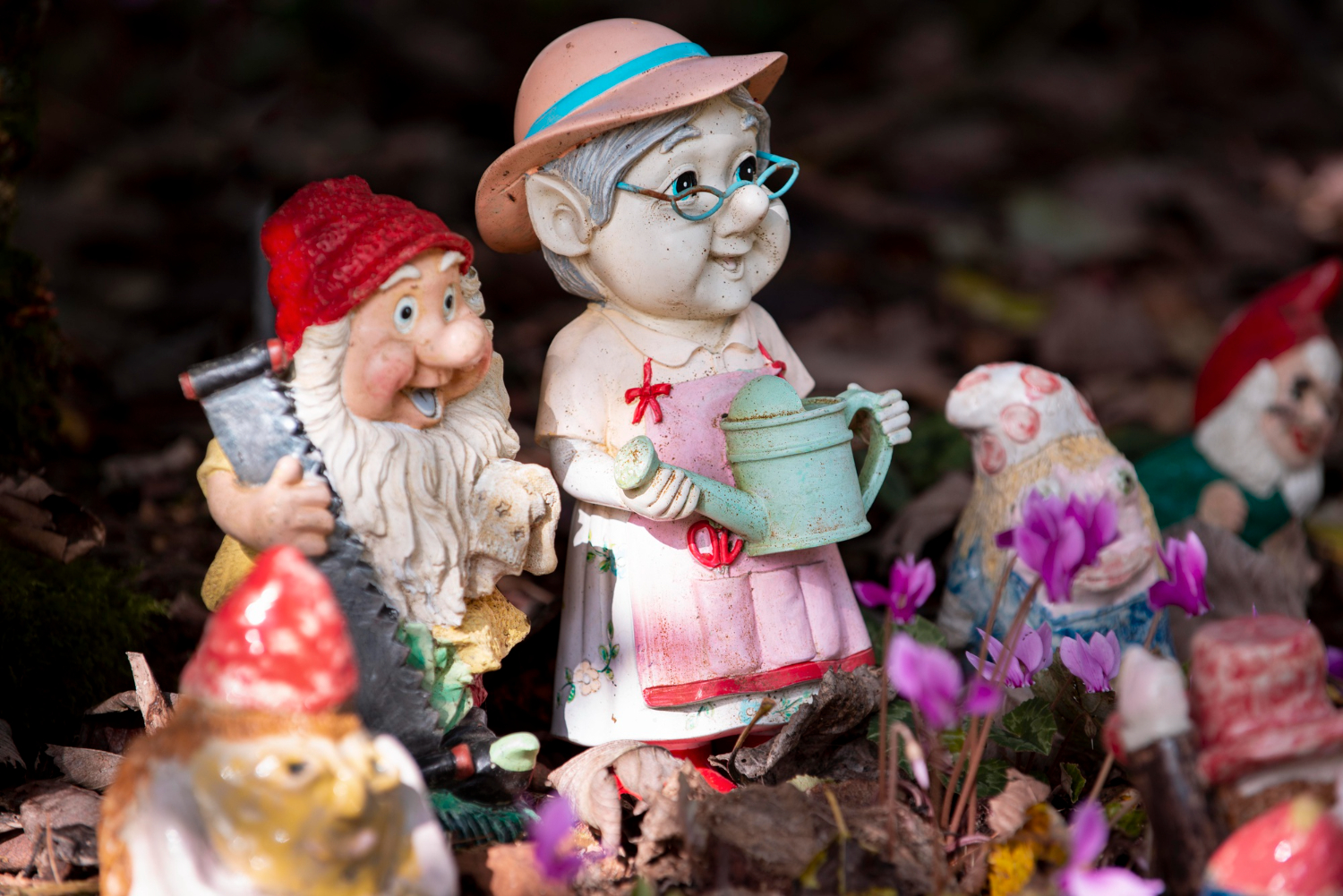
Making multiple nature dolls allows for imaginative play, story creation, and diverse scenarios.
Adapting Nature Doll Activity for Diverse Abilities
Tailor the activity to accommodate different needs:
- For fine motor skill challenges, use larger and sturdier natural objects, providing assistance as needed.
- Simplify the process for children struggling with organization and planning by offering written or drawn instructions.
- Build confidence in shy or anxious children by engaging with the dolls directly, fostering communication through imaginative play.
- Address restricted mobility by pre-collecting materials and letting the child choose from a range of options.
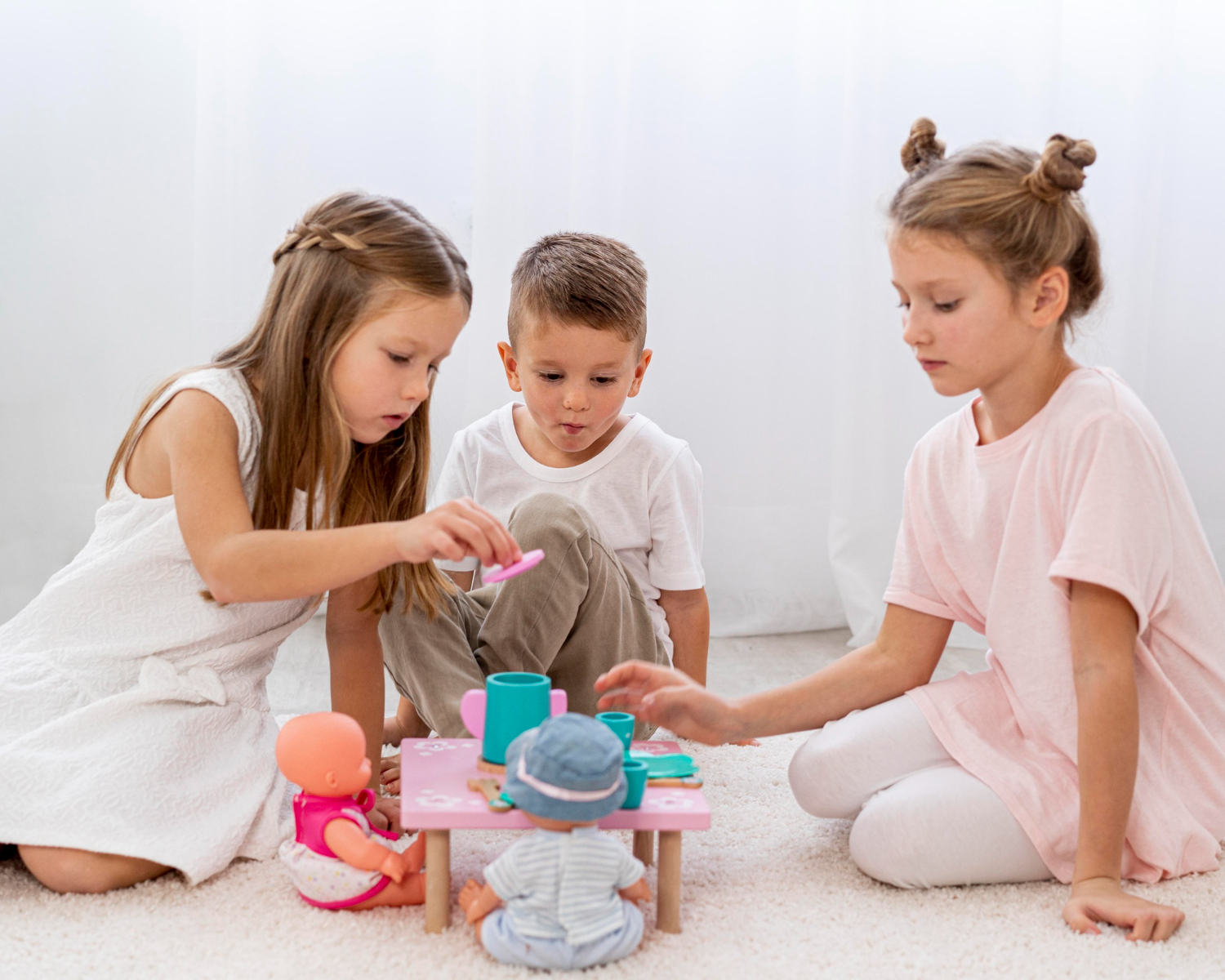
Conclusion
Nature Doll creation goes beyond a craft activity; it becomes a therapeutic and inclusive experience for children with autism. Through this engaging process, children not only connect with nature but also explore their creativity and develop essential skills in a supportive environment. Embrace the versatility of this activity to provide an enriching and enjoyable experience for every child.
Source
- American Psychiatric Association. (2013). Diagnostic and Statistical Manual of Mental Disorders (5th ed.). Arlington, VA: American Psychiatric Publishing.
- Thorell, L. B., & Lindqvist, S. (2019). Training Executive Functions with Recreational Video Games: Is It Possible and Worthwhile? Frontiers in Psychology, 10, 148.
- Riffel, L. A., & Riffel, S. K. (2018). The Ultimate Guide to Using Games in Education: Volume 1. Thousand Oaks, CA: Corwin.
- Ozturk, E., & Tan, M. (2018). The Effects of Educational Games on Student Achievement in Social Studies Course. International Electronic Journal of Elementary Education, 10(2), 191-198.
- Randi, J., & Barnett, J. E. (2018). The Use of Video Games in Psychotherapy. In The Oxford Handbook of Psychotherapy (pp. 1-16). Oxford University Press.
- American Occupational Therapy Association. (2020). Occupational Therapy Practice Framework: Domain and Process (4th ed.). American Journal of Occupational Therapy, 74(Suppl. 2), 1-48.
- Davies, P. L., Chang, W. P., Gavin, W. J., & Poon, J. K. (2015). Development of a Questionnaire to Measure Young Children’s Participation in Activities of Daily Living. Journal of Occupational Therapy, Schools, & Early Intervention, 8(2), 144-155.
- Fong, K. N. K., Lee, T. M. C., Ho, E. P. F., & Siu, A. M. H. (2016). The Immediate and Maintained Effects of Snoezelen Multisensory Environment Therapy on Behavioral Disturbances in Persons with Severe Dementia. Journal of Aging Research, 2016, 1-9.
